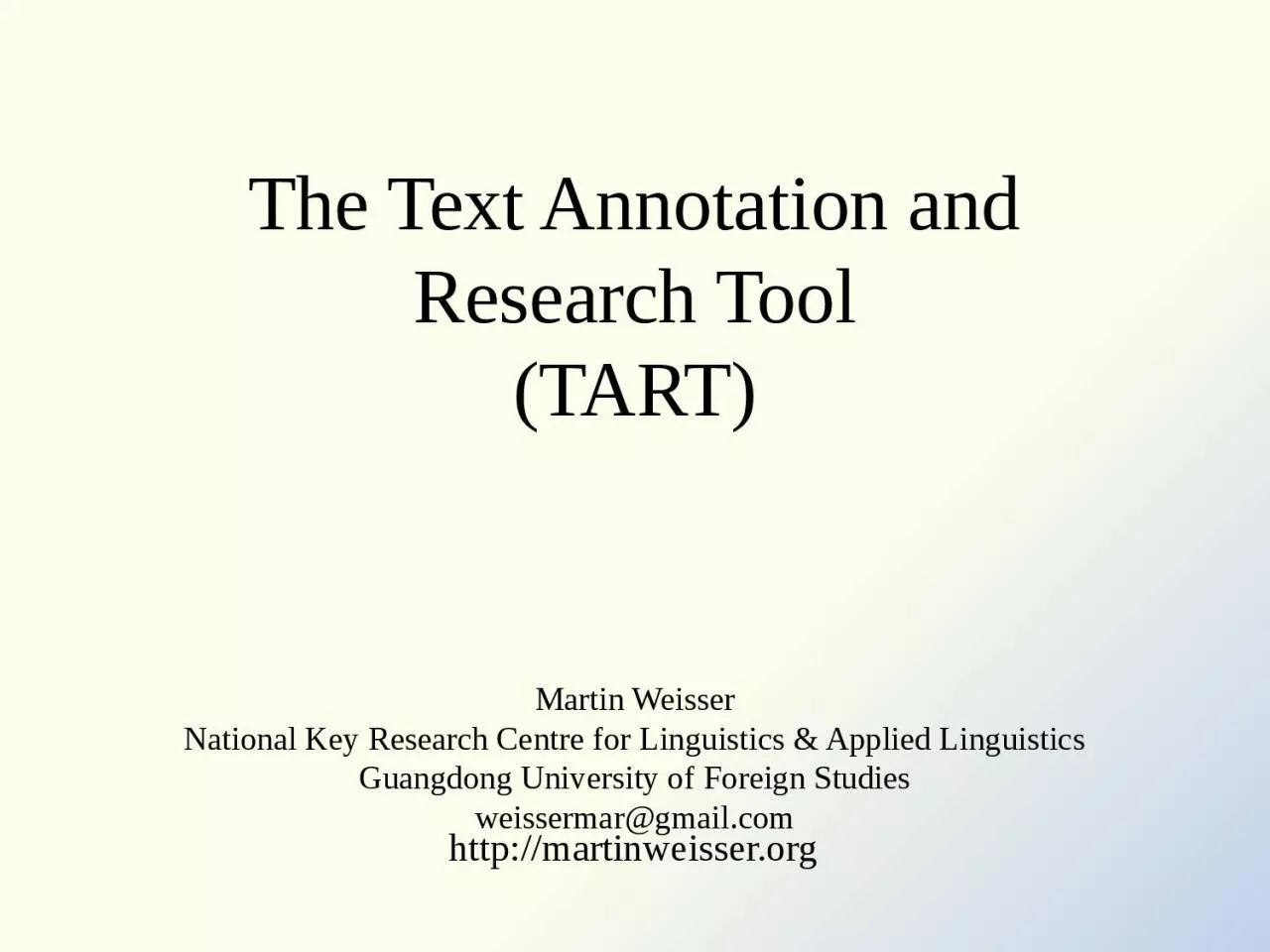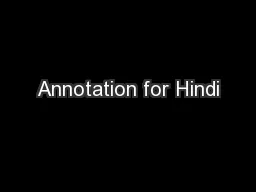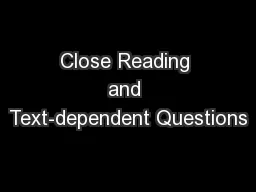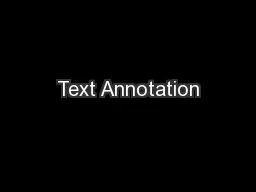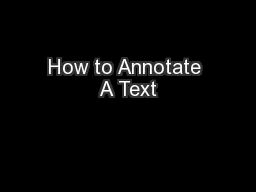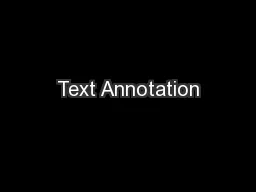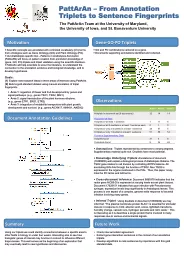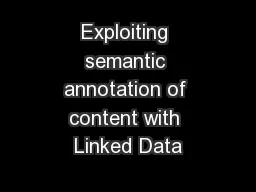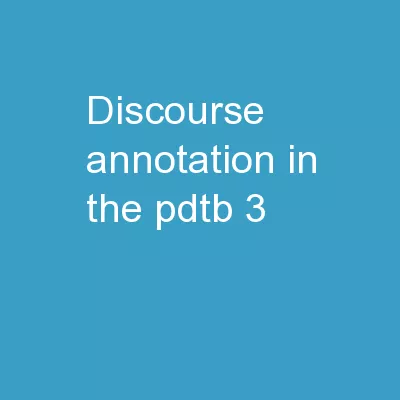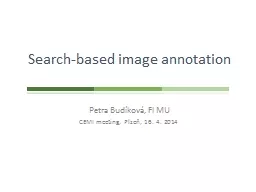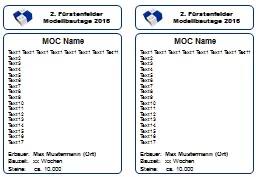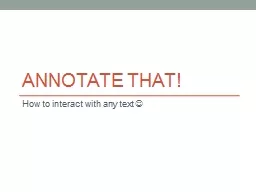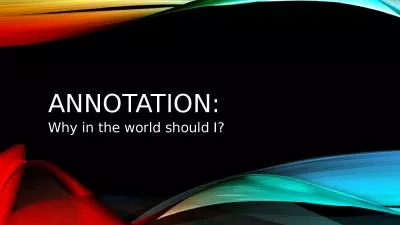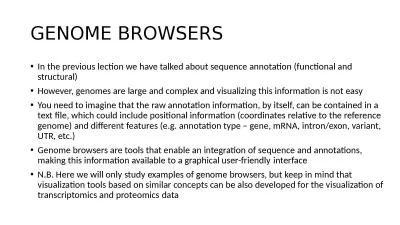PPT-The Text Annotation and Research
Author : leah | Published Date : 2023-12-30
Tool TART Outline Pragmatics amp Corpora SpeechDialogueAct Annotation The DART Approach From DART to TART Observations amp Issues Intended Features Potential Applications
Presentation Embed Code
Download Presentation
Download Presentation The PPT/PDF document "The Text Annotation and Research" is the property of its rightful owner. Permission is granted to download and print the materials on this website for personal, non-commercial use only, and to display it on your personal computer provided you do not modify the materials and that you retain all copyright notices contained in the materials. By downloading content from our website, you accept the terms of this agreement.
The Text Annotation and Research: Transcript
Download Rules Of Document
"The Text Annotation and Research"The content belongs to its owner. You may download and print it for personal use, without modification, and keep all copyright notices. By downloading, you agree to these terms.
Related Documents

